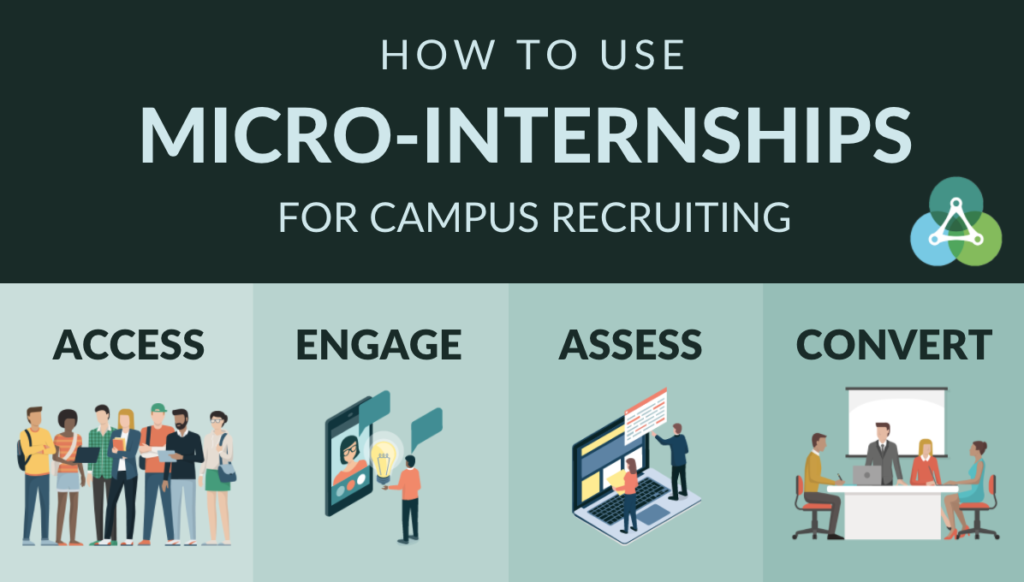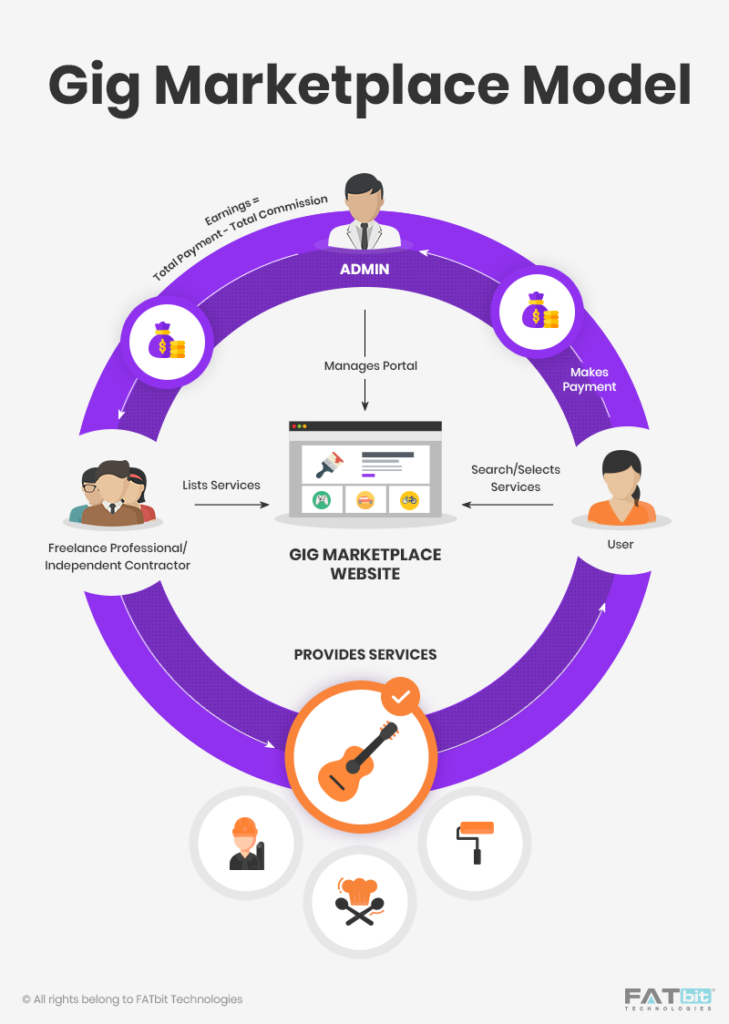In today’s rapidly evolving workplace, flexibility and innovation have become paramount. Traditional employment structures are giving way to dynamic models like micro-internships and internal gig systems. These short-term, project-based opportunities not only cater to the specialized needs of organizations but also offer individuals an avenue for career growth and exploration. This blog delves into the transformative potential of these work arrangements, supported by data, case studies, and actionable insights.
The Emergence of Micro-Internships
Micro-internships are professional, paid assignments ranging from 5 to 40 hours. Unlike traditional internships, which span months, these assignments are project-focused and often remote. They enable organizations to address specific needs quickly and cost-effectively.
Key Statistics:
| Metric | Traditional Internships | Micro-Internships |
|---|---|---|
| Duration | 3-6 months | 5-40 hours |
| Flexibility | Limited | High |
| Access to Global Talent | Minimal | Extensive |
| Cost to Organization | High | Low |
Recent data from Parker Dewey highlights a 40% year-over-year growth in micro-internships offered by companies like HubSpot and Northrop Grumman. This trend underscores the increasing reliance on flexible, project-based hiring models (Parker Dewey, 2022).

Benefits for Organizations
- Cost-Effective Talent Solutions: Companies can engage professionals for specific projects without incurring long-term costs.
- For example, a study by the Harvard Business Review found that organizations reduced hiring costs by up to 30% using micro-internships (Harvard Business Review, 2021).
- Diverse Talent Pool: By removing geographical barriers, micro-internships attract a wider range of candidates, enhancing diversity.
- Faster Project Turnaround: Businesses can quickly address short-term needs with skilled contributors, boosting productivity.
- Enhanced Innovation: Engaging fresh perspectives through short-term hires can spark innovative solutions to organizational challenges. A study by LinkedIn Insights revealed that 35% of companies credited gig workers for driving creative ideas in their operations.
Advantages for Participants
- Skill Development: These assignments provide hands-on experience in real-world scenarios, enhancing participants’ resumes.
- Example: Over 80% of micro-interns reported gaining new technical skills (Parker Dewey, 2022).
- Career Exploration: Micro-internships enable individuals to explore roles across industries without long-term commitments.
- Networking Opportunities: Participants build connections with professionals, opening doors to future opportunities.
- Accessible Entry Points: For those transitioning careers or re-entering the workforce, micro-internships serve as a low-barrier entry into professional environments. According to Indeed, 65% of micro-interns transitioned to full-time roles within a year.
Internal Gig Models: A Step Further
Internal gig models allow employees within an organization to contribute to short-term projects outside their primary roles. This fosters a culture of agility and continuous learning.
Implementation Strategies:
- Create a Project Marketplace: Companies like Unilever use platforms where employees can apply for internal gigs.
- Encourage Cross-Functional Collaboration: Breaking down silos boosts innovation and employee engagement.
- Recognition and Incentives: Acknowledging contributions motivates employees to participate actively.

Case Study:
At Microsoft, an internal gig platform known as the “Microsoft Garage” empowers employees to contribute to projects outside their primary roles. This platform serves as a hub for innovation, where employees from diverse departments collaborate on short-term projects ranging from app development to artificial intelligence research.
The initiative fosters a culture of continuous learning by allowing participants to acquire new skills and explore interests beyond their job descriptions. For instance, a marketing associate can work alongside developers on a cutting-edge AI project, gaining technical knowledge while contributing unique perspectives.
Notably, the Microsoft Garage has been instrumental in launching several successful innovations. One example is the “Seeing AI” app, designed to help visually impaired individuals understand their surroundings through auditory descriptions. This app was the result of cross-functional collaboration facilitated by the gig platform.
Moreover, participation in these gigs has shown measurable benefits for employees. According to internal surveys, 87% of participants reported enhanced job satisfaction, and 74% indicated improved skills that positively impacted their primary roles. By enabling such opportunities, Microsoft not only drives innovation but also strengthens employee engagement and retention (Microsoft, 2022).
Visualizing the Impact
Adoption Rates by Industry (2020-2023)
| Industry | Adoption Rate (%) |
| Technology | 45% |
| Healthcare | 30% |
| Education | 20% |
| Retail | 15% |
(Source: LinkedIn Insights, 2023)
Growth of Micro-Internships
Graph illustrating a steady increase in micro-internship offerings over the past five years, with a notable spike in 2020 due to remote work trends.
Employee Satisfaction Metrics
| Factor | Percentage Positive |
| Skill Development | 85% |
| Networking Opportunities | 70% |
| Work-Life Balance | 75% |
Overcoming Challenges
While these models offer numerous benefits, challenges like managing expectations and ensuring quality remain. Solutions include:
- Clear Project Scopes: Clearly defined tasks and deliverables prevent miscommunication.
- Effective Onboarding: Providing context and resources ensures participants can contribute effectively.
- Feedback Mechanisms: Regular check-ins and post-project evaluations enhance outcomes.
- Scalability Considerations: As adoption grows, ensuring consistency in project quality and participant experience will be key.
Conclusion
Micro-internships and internal gig models represent a significant shift in how organizations and individuals approach work. By fostering flexibility, promoting diversity, and enhancing skills, these innovative arrangements create a win-win scenario for all stakeholders. The future of work demands agility, and these models offer a strategic way forward for companies aiming to stay competitive and for professionals seeking meaningful opportunities.
Explore more alternative and innovative work arrangements that shape our world today.

